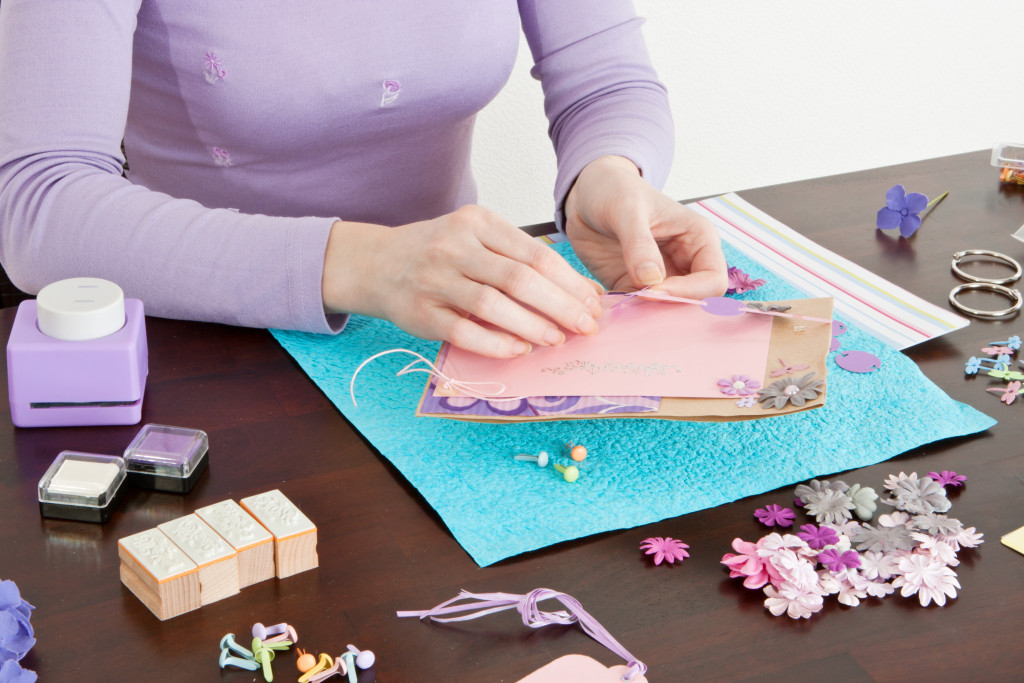Buying jewelry is not like buying a piece of gadget. For instance, if you’re thinking about purchasing a Lenovo ThinkPad business laptop from a reseller, usually you already know the specs you prefer. Your purchase is mostly based on intellectual considerations.
Meanwhile, buying jewelry is more of an emotional act. You do not go to the jewelry shop with a clear-cut list of preferences in mind. Sure, you probably already know that you’re buying a diamond-studded ring, but other than that you are more often clueless as to what other considerations you have or should have. It’s quite normal that you go to the jewelry shop hoping that you’ll see something that will speak to you aesthetically, and that’s pretty much it.
This is where problems can arise. A lack of knowledge could mean you getting ripped off. Or worse, you could be putting yourself or your loved ones in danger with unsafe jewelry pieces containing chemicals such as lead, nickel, and chromium.
To avoid going home with a purchase that you’ll soon regret, here are common jewelry-shopping mistakes that you should be aware of:
Failure to learn the basics
The first thing you should avoid is charging to the jewelry shop without even the most basic knowledge about what you’re getting yourself into. Are you in the market for a diamond ring? Then you should at least know the difference between a diamond cut and a carat.
A carat refers to the weight. One carat equals 200 milligrams. That means that a 10-carat diamond ring weighs 2000 milligrams. Knowing this simple mathematics could save you from paying a hefty sum for a supposedly 20-carat diamond ring that’s actually lighter, thus cheaper than advertised.
Meanwhile, a diamond cut does not refer to the shape of the diamond. It covers several factors. These include the actual cut, depth, and symmetry of the diamond. A diamond cut also means how polished and proportioned the stone is.
A well-cut diamond is synonymous with brilliance and beauty. Those qualities consequently affect the jewelry’s price.

Size over quality
Most jewelry shoppers favor size over quality. They somehow work under the impression that bigger is better. When it comes to jewelry this is not always the case. For example, a smaller diamond cut brilliantly proves more precious than a bigger stud that’s flawed and dull to look at.
Most jewelers would readily explain to clients what makes a particular piece of jewelry valuable. Do not hesitate to ask for an expert’s advice.
Getting swayed by an emotional purchase
Jewelry is considered an “emotional product.” That means that when we purchase pieces of jewelry, our motivations are triggered primarily by psychic and sentimental reasons. This is why some people tend to overspend on jewelry.
If you have bottomless funds, overspending on precious necklaces, earrings, and other shiny things is not a problem. It becomes a problem if you happen to be a salaried shopper relying on a plastic card for most of your purchases.
This is not to discourage you from buying jewelry. This is just to say that it’s still possible to approach jewelry shopping in a level-headed and logical manner. And by logical we mean sticking within the price range that you can afford.
Not reading the fine print
Here’s a very common scenario. You decide to propose to your girlfriend. You start shopping for an engagement ring. Soon you see one that appeals to you emotionally. It also does not hurt that the ring is within your budget.
The problem is that you’re not sure about the size of the ring finger of your soon-to-be fiancée. So you make a smart guess. And you officially purchase the ring. But you’ve failed to consult the fine print. You take home the ring and pop the question. Your girlfriend says yes. But the ring won’t fit.
So you go back to the shop for either a replacement or a refund. Unfortunately, they grant neither, and it’s on the fine print upon purchase. Sure, you can have the ring resized by another shop. But that’s not the point. The magic has been broken. The lesson here is, well, read the fine print.
According to USA Today, jewelry belongs to the list of most counterfeited consumer products in the United States. It shares that distinction with clothing and prescription drugs. If you hope to be spared from inadvertently purchasing counterfeit jewelry, it pays to be a proactive shopper.
Educate yourself as a consumer and make sure to favor objective facts when making your purchases. Start with these tips in the guise of cautionary mistakes. Remember that buying jewelry could be a smart investment. That is if it’s done right.








